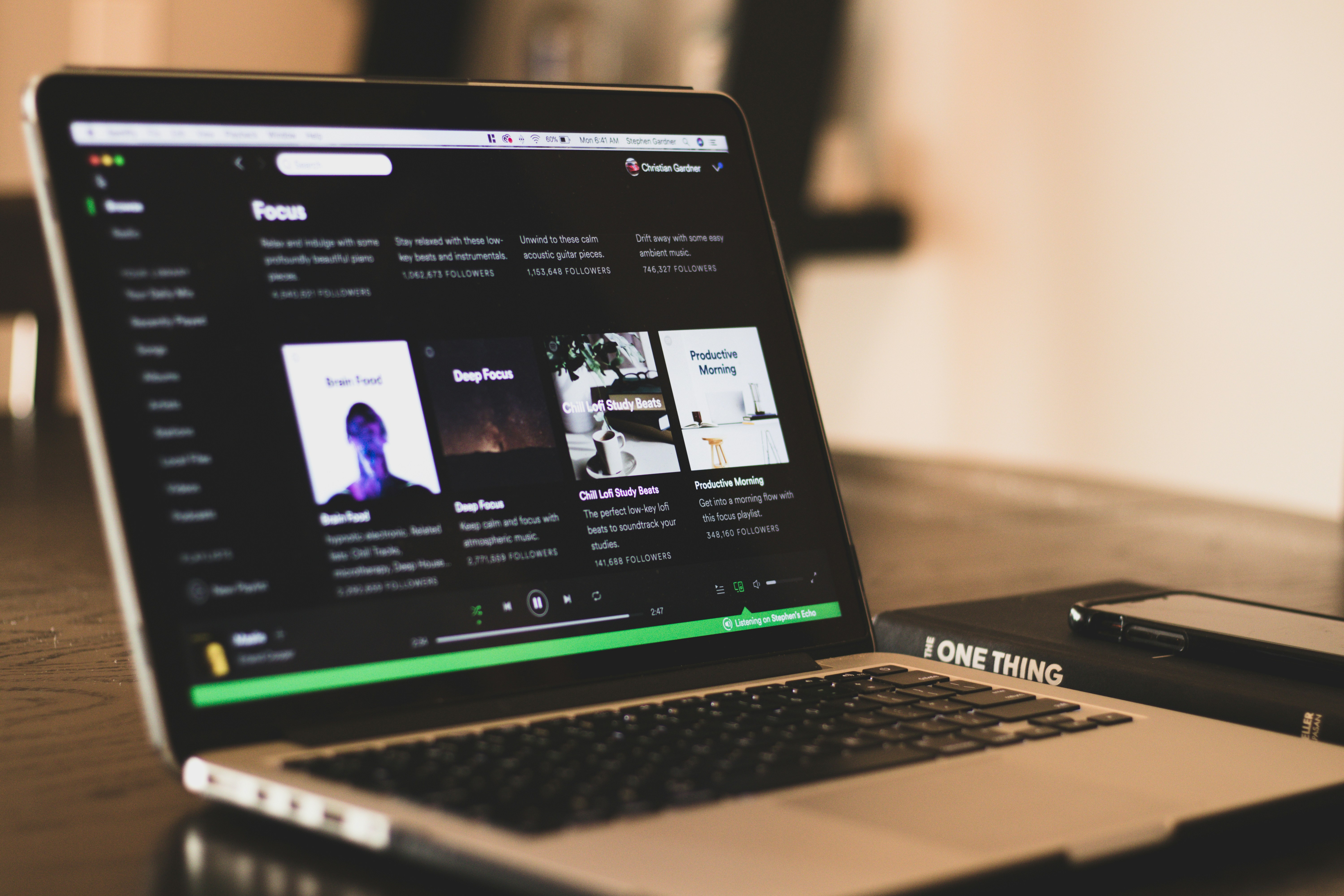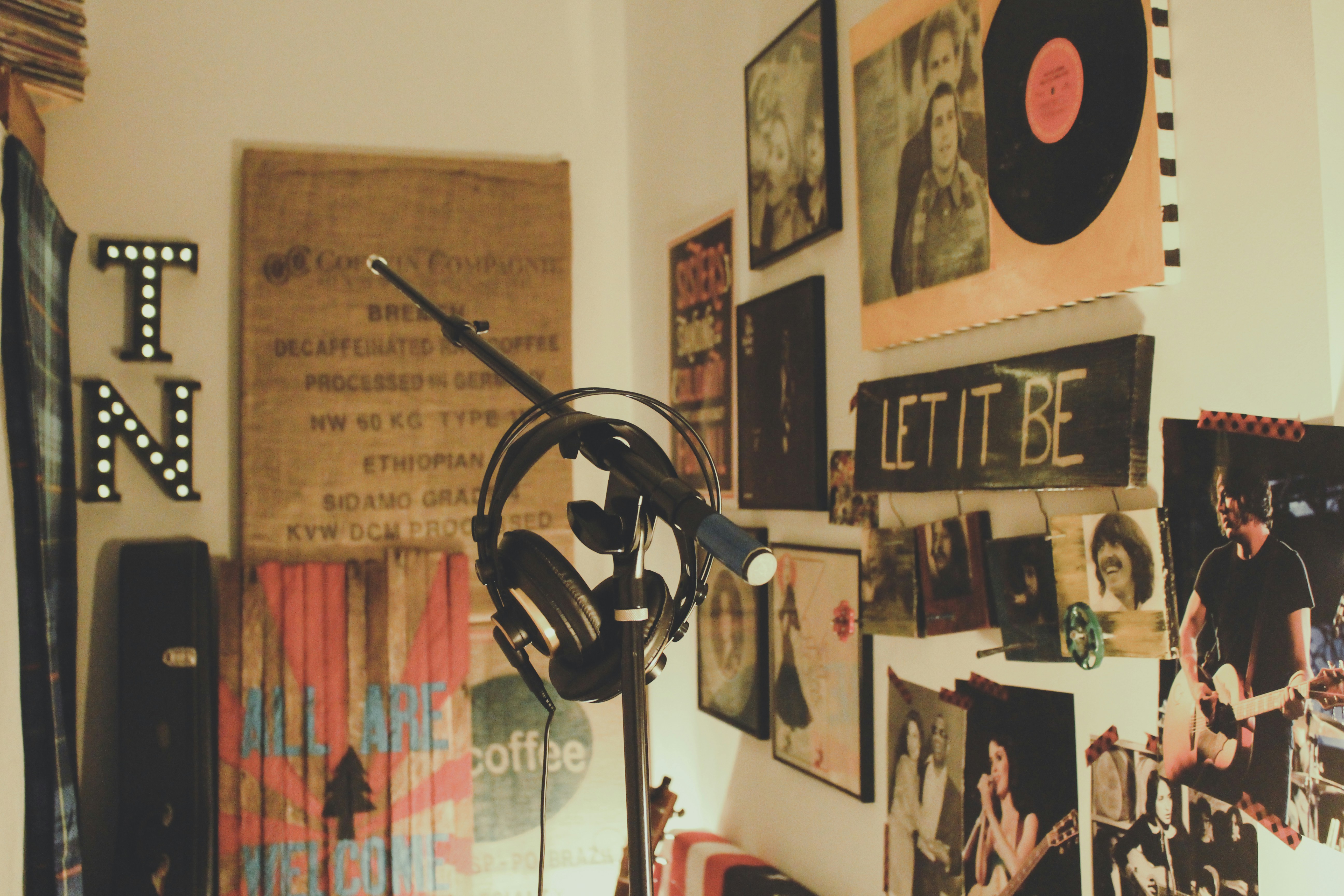How to make money on Spotify in 2024?
With 602 million monthly active users and 100 million tracks, Spotify is one of the most popular streaming platforms in the world.
For independent artists, this begs the question: is it possible to make money on Spotify?
In this blog, we discuss the platform's history, revenue division, how artists earn, alternatives to stream-based earning, and changes in 2024.
Let's dive in.
The Start of Spotify
To understand Spotify fully, we must first go back to when the platform began in 2008. Just a few years prior, the advent of digital music had taken over the music industry with the rise of the MP3 file. The MP3 revolutionized the storage and exchange of music with its small size and ease of transferability.
If you wanted to listen to a specific track during this time, you’d have to either wait for the radio, buy the CD, or pirate the track online. Not the most ideal list of options.
Thus, Spotify arrived in the market offering an appealing alternative: stream whatever track you want, anytime, anyplace, for a small subscription fee. Combined with the particularly bad economic state of the music industry in 2008, Spotify's attractive offer garnered rapid and massive success.
As the platform has developed, the way emerging and professional artists make money on Spotify has also changed. Particularly, in 2024, Spotify implemented some new policies for revenue distribution.
To understand these changes, it's best to first learn how Spotify pays artists.
How does Spotify pay artists?
Many people assume that Spotify pays artists per stream, with higher-streaming artists earning more income. Now, higher-streaming artists do earn more; but understanding why is a bit more complicated than a simple per-stream methodology.
Let's take this step by step.
First, Spotify generates its total revenue through paid subscribers and ads run on its free-subscription users. Each month, the company keeps 30% of all revenue collected. Part of this 30% goes towards tax payments, credit card processing fees, billing, and sales commissions.
Next, the remaining 70% (or the net revenue after these costs) is divided between rightsholders: aka those who hold the 'rights' to the music. Record companies, digital distributors, CMOs, PROs, MROs, and IMEs all gain authorization from the rightsholders to collect these rights.

How is revenue divided between rightsholders?
In most countries, the CMOs/PROs/MROs take about 12-15% of this net revenue on behalf of authors, composers, songwriters, and publishers. Read our blog post on copyright to learn more about these organizations.
Revenue distribution is based on what Spotify calls “Streamshare”, which basically means the percentage of total streams that belong to different rightsholders. Streamshare is calculated by totaling the number of streams in a month and determining which proportion of those streams are owned or controlled by a particular rightsholder.
For example, let’s say Universal Music Group generated 38% of listening streams in the United States in a given month. They then receive 38% of the remaining net revenue after costs and CMO distribution in the US.
Of course, many times, record companies, digital distributors, and collecting organizations take a commission or cut from these earnings. Every artist's agreement is different, meaning it's difficult to pinpoint exactly how much an artist makes. It depends both on your agreement with your record label or distributor and the share of that intermediary's total streams.
How do artists earn on Spotify?
When understanding how artists earn on Spotify, the main thing to keep in mind is that not all streams are created equal. Earnings depend on royalties, who you distribute with, and where your streams are located.
Royalties
Music streaming generates two kinds of royalties:
Copyright Royalties
Performance Master Right Royalties
Copyright Royalties: Are made up of mechanical and performance royalties and concern authors, composers, songwriters, and publishers. Collecting societies pay out these royalties.
Mechanical royalties apply when a user chooses to play a specific track, while performance royalties are generated each time a track is played. The key difference here is in the wording between 'choosing' and 'playing'.
For example, on interactive streaming services such as Spotify, users can choose to play a certain track. When the user selects to play, the artist(s) earn a mechanical royalty. On non-interactive streaming services such as Pandora, song 'plays' only produce performance royalties. This is because users are not actively choosing the tracks they are listening to.
Recording Royalties: Are for performers and producers and are paid by digital distributors.
Distribution
Distributors vary in the amount and type of fees and commission rates they charge, directly affecting how much an artist earns.
You may choose to work with a digital distributor, such as Winamp for Creators, that releases your music on streaming platforms with no fees or commissions.
Location
Not every country pays the same amount per stream. Thus, where your listeners are based matters. For example, a stream of a listen in the United States could produce $0.0039 per stream, whereas a stream in Portugal could produce only $0.0018.
How much do artists make on Spotify?
The truth is artists don’t earn a lot of money on Spotify. The consensus in the industry is that each track play brings its creator $0.0035 on average.
The conclusion?
Streaming is not the best way to make a living as a musician (unless of course you are a bigger artist). Only 1% of musicians earn a minimum wage through streams. This large discrepancy is a result of Spotify distributing revenues based on relative listening volumes.
Other streaming platforms, such as SoundCloud, propose a customer-centric financing model, where artists receive royalties generated by their listeners in absolute. This means that revenues are not calculated based on the percentage of listening time within a country. This new idea must prove itself through numbers to determine if it is beneficial for artists.
Alternative ways to make money on Spotify
Selling Merch and Event Tickets
Fan Support on Spotify
Raise funds directly on Spotify by adding the Fan Support link for your Spotify listeners to donate.
Establishing Your Artist Brand
Your Spotify profile offers many opportunities for establishing your unique artist brand.
Verification: Apply for an artist verification on Spotify. With a blue check by your artist's name, this gives you a sense of credibility.
Images: Upload high- quality images to your Spotify profile.
Bio: Have a completed bio that explains a bit of who you are. Share your story or upcoming projects to encourage further connection with listeners.

How is Spotify changing in 2024?
You might’ve heard that Spotify is changing in 2024. Here’s a quick summary of the changes and what they mean for artists. Spotify is introducing new policies to:
Deter artificial streaming
Better distribute small payments that aren’t reaching artists
Rein in “noise”
Deterring artificial streaming
AI and bot streams create an unequal distribution of streams, meaning money goes to undeserving accounts rather than artists. The changes? Greater AI flagging technology and penalty fees on distributors and record labels using bot streams.
Distributing small payments
According to Spotify, tens of millions of tracks generate less than 1,000 streams per year. These tracks, therefore, only generate around $0.03 per month. The problem with this small amount of earnings is the costs associated with withdrawal.
Distributors require a minimum amount per withdrawal, usually between $2-$50. You must also account for the bank fees on these transactions, between $1-$20 per withdrawal. These additional charges make it impossible for low-earning artists to receive anything at all.
The solution? Only tracks with more than 1,000 streams within a 12-month period will generate royalties. This increases the payments given to tracks that meet this minimum streaming requirement.
Rein in “noise”
Are you a fan of white noise, whale sounds, or sound effects? You might have seen the long playlists of this ‘noise-genre’ of music. Many times, these tracks and playlists receive an unequal share of streams (since people are falling asleep to them).
Sometimes, the creators of these ‘noise’ tracks purposefully shorten each song to 30 seconds to benefit from more streams. The changes? Spotify will now require this tracks to be a minimum length of 2 minutes. The value of each 'noise' stream will also be reduced relative to that of a 'music' stream.
Share on:
Finances
8 minutes
26 Jul 2024
Subscribe to our newsletter
Get the best content for creators delivered to your inbox every week.









